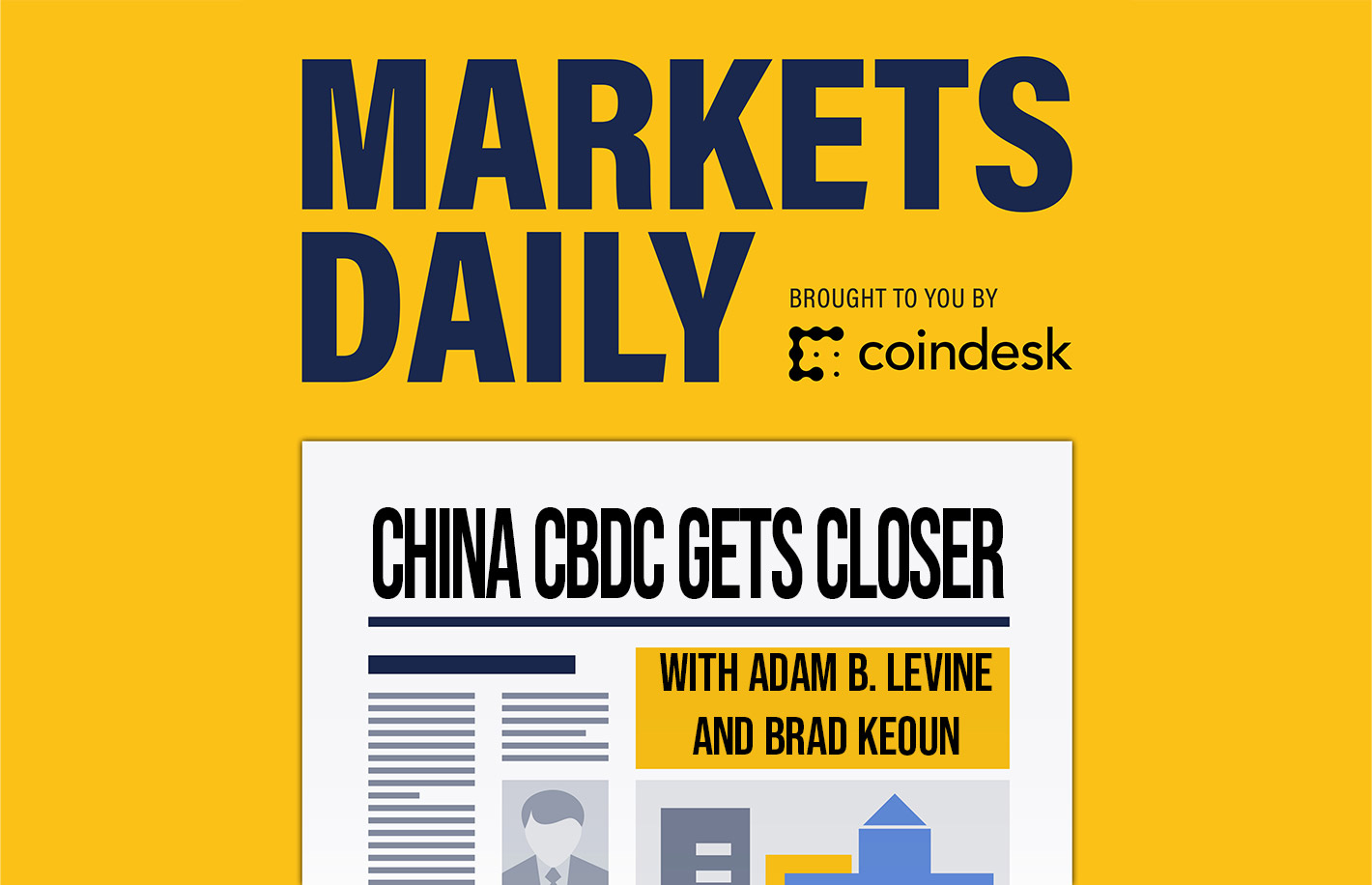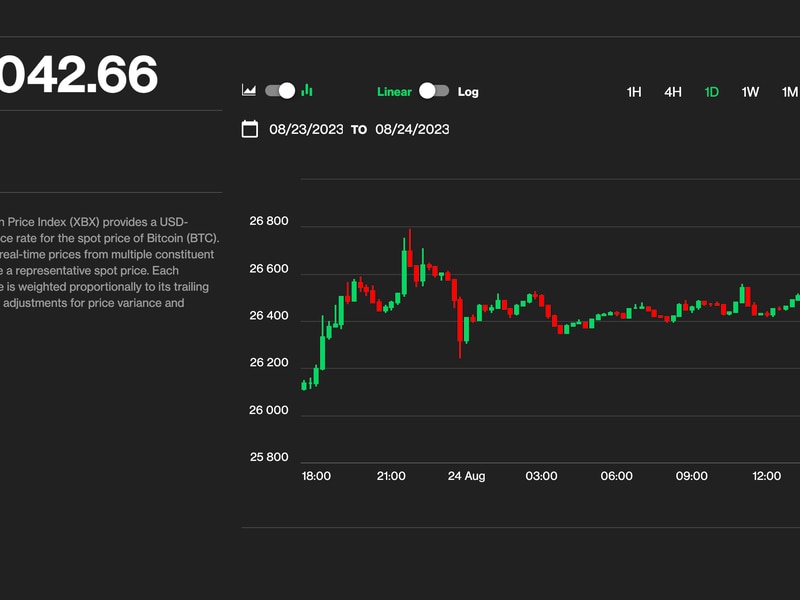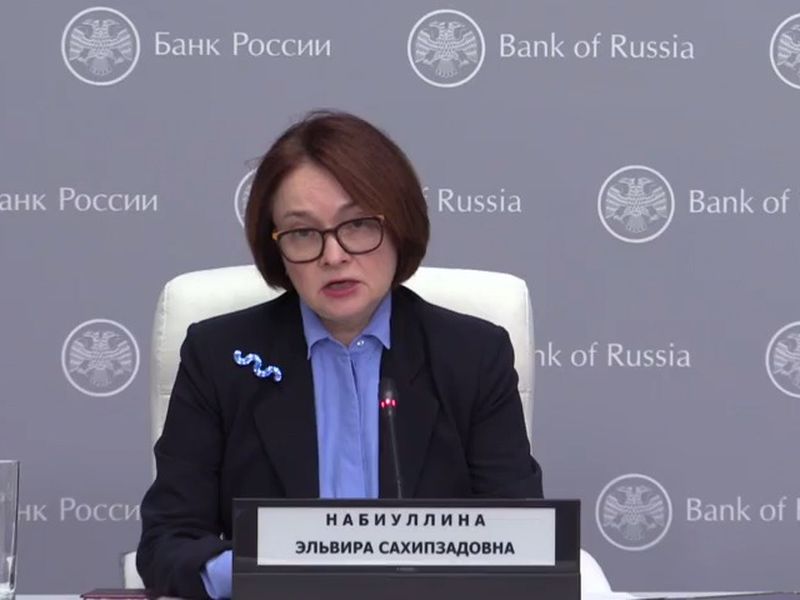How Central Banks Could Use Digital Cash to Deliver Universal Basic Income
How Central Banks Could Use Digital Cash to Deliver Universal Basic Income
Frances Coppola, a CoinDesk columnist, is a freelance writer and speaker on banking, finance and economics. Her book “The Case for People’s Quantitative Easing” explains how modern money creation and quantitative easing work, and advocates “helicopter money” to help economies out of recession.
With the advent of the coronavirus pandemic, Universal Basic Income has suddenly become big news. Many people are now calling for governments to give everyone a regular income with no work requirements – since we want most people to stay at home and not work – with no means testing (that is, adjusting for income).
However, delivering universal basic income is problematic. Governments lack the up-to-date information on identities and addresses needed for physical delivery of money or pre-paid cards. And checks or bank transfers shut out the unbanked. That leaves a gap for a new institution to step in, like a central bank, which could issue a digital currency as an efficient way of delivering a universal basic income.
Universal basic income (UBI) is a cash income that is paid to every individual regardless of their circumstances. It is paid:
- Regularly (i.e. not one-off “helicopter drops”)
- Directly (i.e. not via an intermediary such as a bank)
- To the individual, not the household or family
- Unconditionally, i.e. without work requirements or means testing (though it may be taxed away at higher incomes)
- Universally, i.e. to everyone irrespective of their age, gender, race, religion, class, income or any other characteristic.
Government already gives regular payments to benefit claimants. Many of these are intermediated through banks, but programs such as Food Stamps bypass banks. However, because Food Stamps have a restricted use, they are often traded by the poor for money, since people can’t live on basic foodstuffs alone. Also, many benefits, even if paid in cash, tend to go to the household rather than to individuals, creating hardship for, say, women in abusive relationships. In the U.K., where I live, the Conservative government’s flawed Universal Credit system shows how harsh work requirements can deprive people of the means to live, while pushing people too fast to go without benefits creates a disincentive to work. Welfare systems are, by their nature, both complex and perverse.
The present crisis has stretched welfare systems beyond their limit and demonstrated governments can’t deliver the basic income that everyone needs, and that, I believe, should be everyone’s by right.
There is an urgent need, and many practical reasons, to provide every individual with a no-questions-asked basic income, delivered in the form of digital cash dollars. But how might it work?
No more government debt
The first thing: Forget about any universal payment that would mean higher government debt. UBI needs to be a right that cannot be taken away. Government debt is ultimately paid from taxes, and people can and do vote to end welfare programs that take too many tax dollars. One of the biggest criticisms of UBI is that it would go to everyone, regardless of means. Higher taxes for people on high incomes would, of course, effectively tax it away, but this is not as “visible” as withdrawing it. Politically, the “U” of UBI would soon be dropped if it were funded from tax revenue.
It is best placed to deliver a regular, no-questions-asked monthly payment to everyone, and to manage any ensuing inflation.
So let’s consider a totally different source of money, the central bank.
There would be two ways for a central bank to deliver UBI. One would be for the central bank to put money into people’s bank accounts. To ensure this went to as many people as possible, governments would have to force banks to offer basic banking services to everyone. But even so, some people would drop through the net. After all, you can’t force people to have bank accounts, and some people choose not to.
There’s another, more radical route. That would be for everyone to have accounts at the central bank. Of course, the central bank isn’t a retail payment agent, so there would need to be a gateway to payments networks. How might this work?
This is where a CBDC might come in. Imagine that instead of creating a gateway to the existing bank-dominated payments system, which would once again create problems for people who didn’t want to use banks, the central bank created a digital currency and an associated wallet. The digital currency would be a stablecoin, with a 1:1 peg to the U.S. dollar guaranteed by the central bank.
Answer: It’s the central bank’s job to manage inflation.
Every month, the central bank would put an amount of digital dollars in the wallet. People would access the wallet via their smartphones or other devices. They could transfer the digital dollars to their bank accounts if they wished. Or they could spend them directly because the guaranteed dollar peg would ensure they would be acceptable in payment for goods and services. I would expect a forest of apps to appear, enabling people to use these digital dollars for whatever purpose they want. Alternatively, people could exchange the digital dollars for other cryptocurrencies.
At this point, those who firmly believe money should be scarce will shout, “But what about inflation?” Regularly giving money to people, no questions asked, would increase the risk of inflation, they would say. Answer: It’s the central bank’s job to manage inflation. The central bank could vary the payments, reducing them if consumer prices started to rise or increasing them if they fell. Alternatively, they could keep interest rates much higher, bearing down on bank lending and reducing the economy’s reliance on debt. Many people might welcome this.
Obviously, the idea central banks could deliver UBI using a CBDC isn’t going to please those who think central banks shouldn’t exist and money should be entirely decentralized. But let’s face it, a fully decentralized UBI is a pipe dream. In many countries, the central bank is independent of government and largely immune from the whims of politicians. It is best placed to deliver a regular, no-questions-asked monthly payment to everyone, and to manage any ensuing inflation. That way, when the next disaster hits we won’t once again scrabble around trying – and failing – to get money to people via a patchwork of inadequate benefits, tax systems and primitive payment networks.
It’s too late to create a CBDC for the current crisis. But as part of the exit strategy we should plan to create a CBDC as soon as possible and create a constitutional right to UBI, so that when the next disaster hits, people know that they will survive.
Disclosure Read More
The leader in blockchain news, CoinDesk is a media outlet that strives for the highest journalistic standards and abides by a strict set of editorial policies. CoinDesk is an independent operating subsidiary of Digital Currency Group, which invests in cryptocurrencies and blockchain startups.









